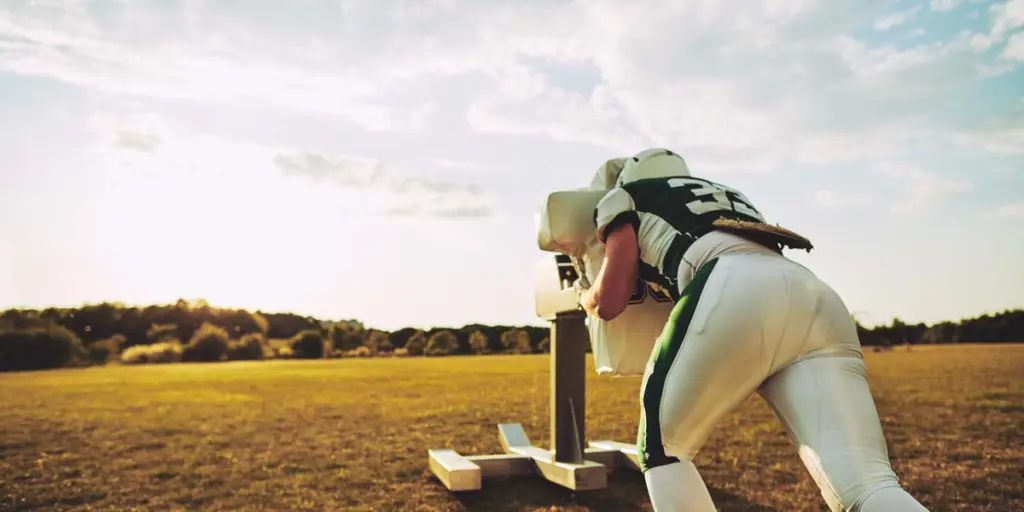Football backplates have become an essential piece of equipment for players at all levels, providing crucial protection and enhancing performance on the field. As the demand for high-quality sports accessories continues to rise, the football backplate market is experiencing significant growth. This article delves into the current market landscape, key players, and regional insights to provide a comprehensive overview of this burgeoning industry.
Table of Contents:
Market Overview
Innovative Materials and Design
Safety and Comfort: A Priority
Customization and Personalization
Durability and Quality Assurance
Conclusion
Market Overview
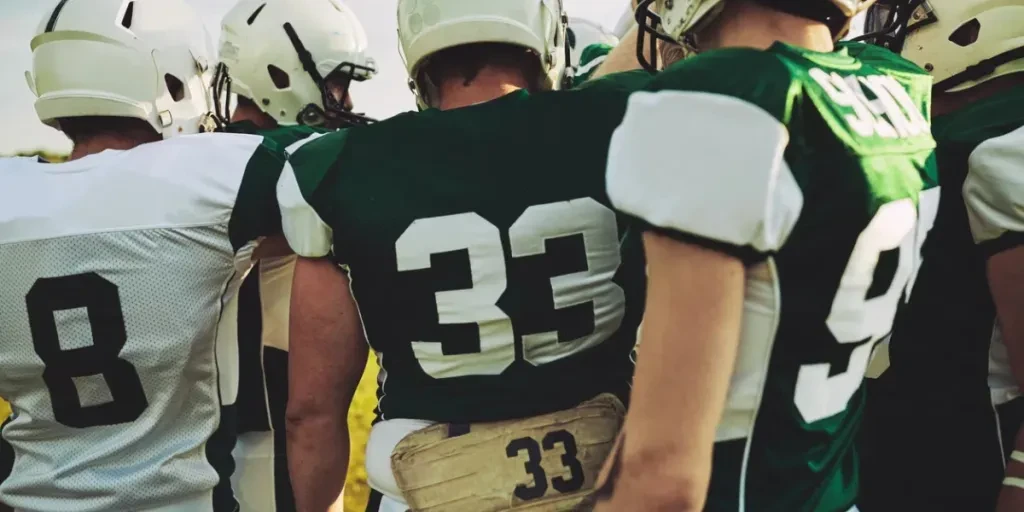
Current Demand and Growth
The football backplate market is witnessing robust growth, driven by increasing awareness about player safety and the rising popularity of football globally. According to a professional report, the global football apparel market, which includes accessories like backplates, grew from USD 42.44 billion in 2023 to USD 44.76 billion in 2024. It is projected to continue growing at a compound annual growth rate (CAGR) of 5.65%, reaching USD 62.37 billion by 2030. This growth is fueled by technological advancements in fabric and design, such as lightweight and more durable materials, which enhance player performance and comfort.
Key Players and Brands
The football backplate market is dominated by several key players who are continuously innovating to meet the evolving needs of athletes. Major brands like Nike, Adidas, and Under Armour are at the forefront, leveraging their extensive research and development capabilities to introduce advanced products. Nike, for instance, has extended its partnership with the French Football Federation, reinforcing its dominance in international football apparel. Similarly, PUMA has launched innovative national team kits that emphasize sustainable practices and cutting-edge materials.
Regional Market Insights
The demand for football backplates varies significantly across different regions, influenced by the popularity of the sport and local market dynamics. In the Americas, particularly in the United States and Brazil, there is a high demand for football apparel driven by the widespread popularity of the sport and substantial investments in football leagues. Brands in this region focus on innovation in materials and technology to enhance performance and comfort, tapping into a consumer base that values both style and utility.
In Europe, the football culture is deeply rooted, with some of the world’s most prestigious clubs and leagues. This region exhibits high sales of both replica jerseys and performance gear, supported by a strong fan base and extensive youth participation in the sport. The market is characterized by an adoption of premium branded apparel and a keen interest in sustainable and ethically produced merchandise, responding to the growing consumer awareness around environmental issues.
The Asia Pacific region showcases rapid growth in the football apparel market, owing to increasing interest in football sports, rising middle-class incomes, and greater exposure to international football events. Countries including China, Japan, and South Korea are seeing a surge in both participation and viewership, which in turn boosts demand for football apparel. The market here is diverse, with local brands emerging alongside global players, tailoring offerings to suit local preferences and climatic conditions.
Innovative Materials and Design
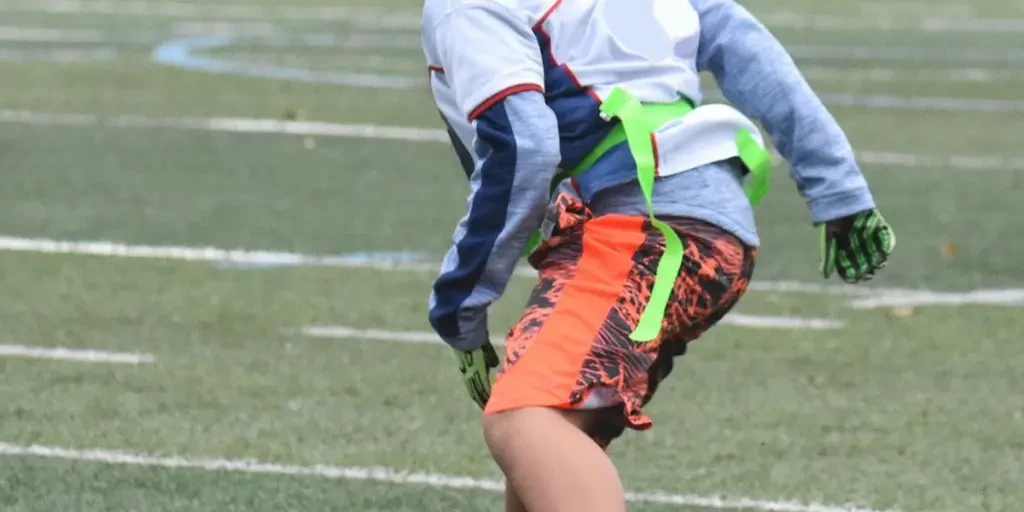
Advanced Materials for Enhanced Performance
The evolution of football backplates has been significantly influenced by the introduction of advanced materials designed to enhance performance. Modern backplates are now crafted from high-tech materials that offer superior protection while maintaining a lightweight profile. For instance, materials such as high-density polyethylene (HDPE) and carbon fiber composites are commonly used due to their excellent impact resistance and durability. These materials are not only robust but also lightweight, ensuring that players can move freely without being weighed down.
In addition to these materials, the integration of multi-layered foam padding has become a standard in high-quality backplates. This padding typically consists of a combination of closed-cell and open-cell foams. Closed-cell foam is known for its ability to dissipate force, while open-cell foam absorbs impact, providing a dual layer of protection. This combination ensures that the backplate can effectively absorb and distribute the force of impacts, reducing the risk of injury.
Ergonomic and Aesthetic Design Trends
The design of football backplates has also seen significant advancements, with a focus on both ergonomics and aesthetics. Ergonomically, modern backplates are designed to conform to the natural contours of the player’s body, providing a snug and comfortable fit. This is achieved through the use of adjustable straps and flexible materials that allow the backplate to move with the player, rather than against them. This not only enhances comfort but also ensures that the backplate stays in place during intense gameplay.
Aesthetically, there has been a shift towards more visually appealing designs. Manufacturers are now incorporating sleek, low-profile designs that not only look good but also reduce bulk. This is particularly important for players who need to maintain a high level of agility and speed. Additionally, customizable options such as team colors, logos, and player numbers are becoming increasingly popular, allowing teams and players to personalize their gear.
Safety and Comfort: A Priority
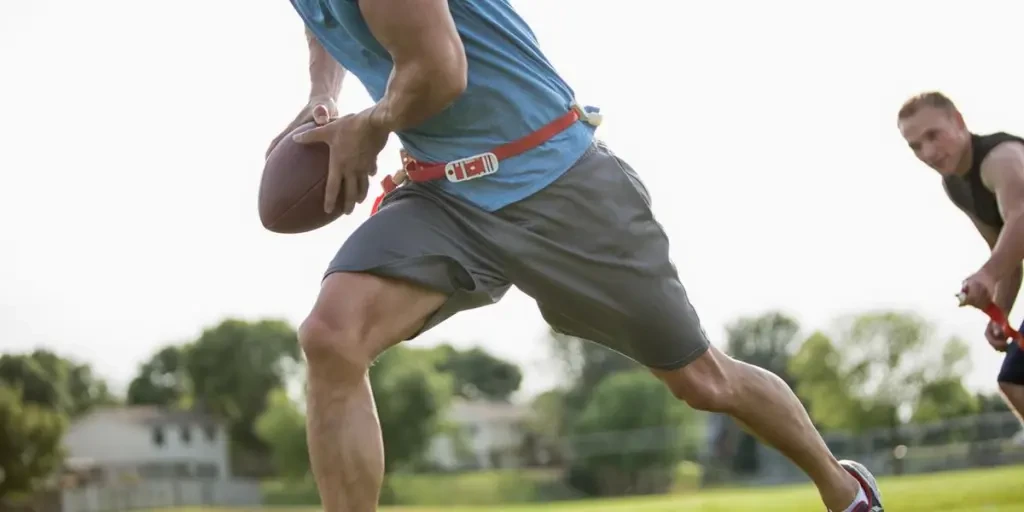
Protective Features for Player Safety
Safety is paramount in the design of football backplates, and manufacturers are continually innovating to enhance protective features. One of the most significant advancements in this area is the incorporation of impact-absorbing panels. These panels, often made from materials like D3O or similar shock-absorbing compounds, are designed to protect the spine and lower back from high-impact collisions. According to a professional report, these panels can significantly reduce the risk of serious injuries by absorbing and dispersing the force of impacts.
Another critical safety feature is the use of reinforced stitching and durable materials to ensure that the backplate can withstand the rigors of the game. High-quality backplates are constructed with heavy-duty nylon or polyester fabrics that are resistant to tearing and abrasion. This ensures that the backplate remains intact even after multiple impacts, providing consistent protection throughout the game.
Comfort Enhancements for Optimal Performance
Comfort is equally important as safety when it comes to football backplates. Players need to feel comfortable to perform at their best, and modern backplates are designed with this in mind. One of the key comfort features is the use of breathable materials and ventilation systems. For example, some backplates incorporate mesh panels or perforations that allow air to circulate, keeping the player cool and reducing sweat buildup.
Additionally, the use of adjustable straps and ergonomic designs ensures a secure and comfortable fit. These straps can be easily adjusted to accommodate different body sizes and shapes, providing a customized fit for each player. Padding is also strategically placed to prevent chafing and discomfort, particularly in areas where the backplate comes into direct contact with the skin.
Customization and Personalization
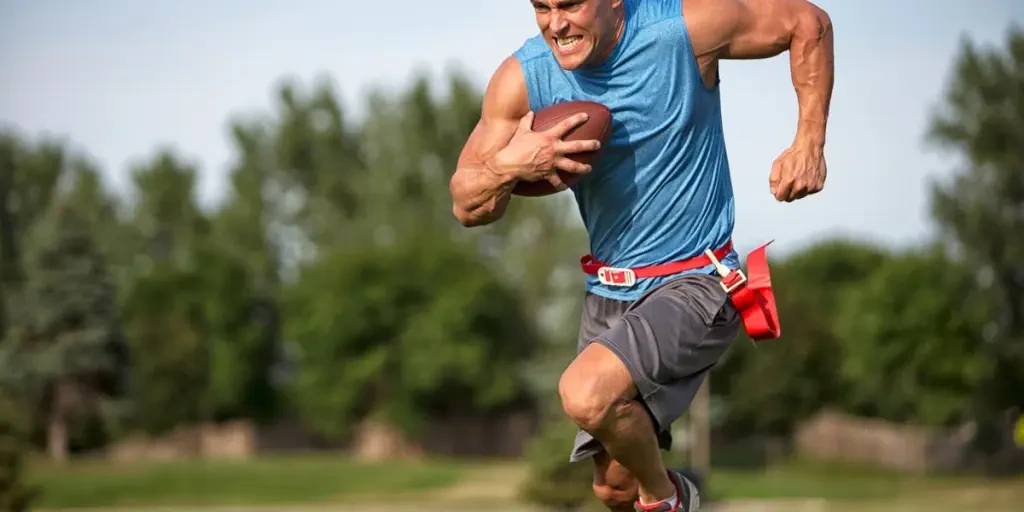
Tailored Fit and Custom Designs
Customization and personalization have become significant trends in the sports equipment industry, and football backplates are no exception. Players and teams now have the option to tailor their backplates to their specific needs and preferences. This includes custom sizing to ensure a perfect fit, as well as the ability to choose from a range of colors, designs, and materials.
Custom designs are particularly popular among professional teams and players who want to showcase their unique style and identity. This can include team logos, player names, and numbers, as well as other personalized graphics. According to a report by Euromonitor International, the demand for customized sports equipment has been growing rapidly, driven by the desire for unique and personalized gear.
Branding Opportunities for Teams and Players
Branding is another important aspect of customization, offering significant opportunities for teams and players to promote their brand. Custom backplates can be used as a marketing tool, featuring team logos and sponsors’ names. This not only helps to build team identity but also provides valuable exposure for sponsors.
For individual players, personalized backplates can help to build their personal brand. This is particularly important for high-profile players who have a significant following. By wearing customized gear, players can create a unique image that sets them apart from their peers and enhances their marketability.
Durability and Quality Assurance
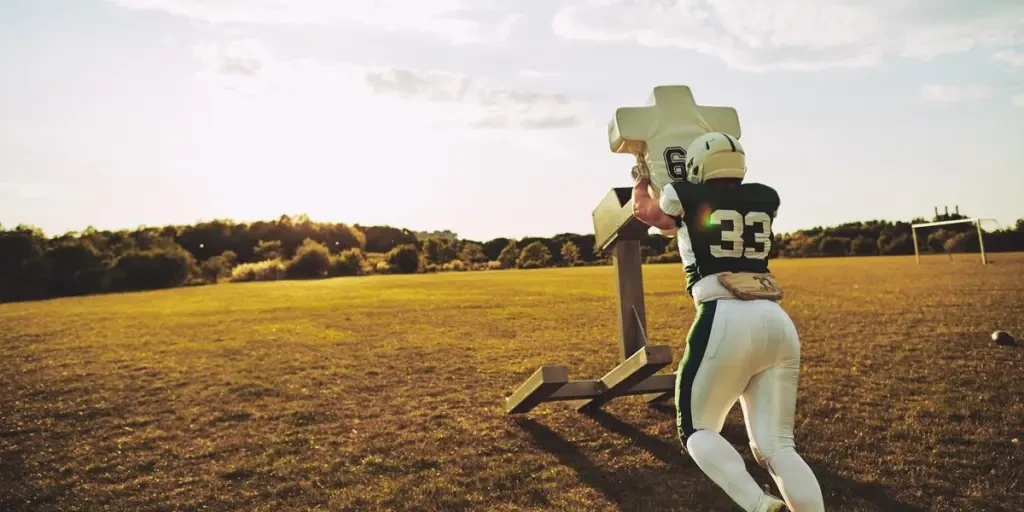
Long-lasting Materials and Construction
Durability is a critical factor in the design of football backplates, as they need to withstand the physical demands of the game. High-quality backplates are constructed from durable materials such as high-density polyethylene (HDPE) and reinforced nylon. These materials are known for their strength and resistance to impact, ensuring that the backplate can endure repeated collisions without compromising its protective capabilities.
In addition to using durable materials, manufacturers also focus on robust construction techniques. This includes reinforced stitching and the use of heavy-duty fasteners to ensure that the backplate remains intact even under extreme conditions. According to a professional report, the use of high-quality materials and construction methods can significantly extend the lifespan of a backplate, providing long-lasting protection for players.
Quality Standards and Certifications
Quality assurance is essential in the production of football backplates, and manufacturers adhere to strict quality standards and certifications to ensure the safety and performance of their products. One of the most important certifications is the EN 1621-2 standard, which specifies the requirements for back protectors used in sports. Backplates that meet this standard have been rigorously tested for impact absorption and durability, providing players with the assurance that their gear meets the highest safety standards.
In addition to meeting industry standards, many manufacturers also conduct their own quality control tests to ensure that their products meet their specifications. This includes testing for impact resistance, durability, and comfort. By adhering to these quality standards and certifications, manufacturers can provide players with reliable and high-performing backplates.
Conclusion
The advancements in football backplate technology have significantly enhanced player safety, comfort, and performance. With the integration of advanced materials, ergonomic designs, and customizable options, modern backplates offer superior protection and a tailored fit. As the industry continues to innovate, the future of football backplates looks promising, with ongoing improvements in materials and design expected to further enhance their effectiveness. For teams and players, investing in high-quality backplates is essential to ensure safety and optimal performance on the field.
